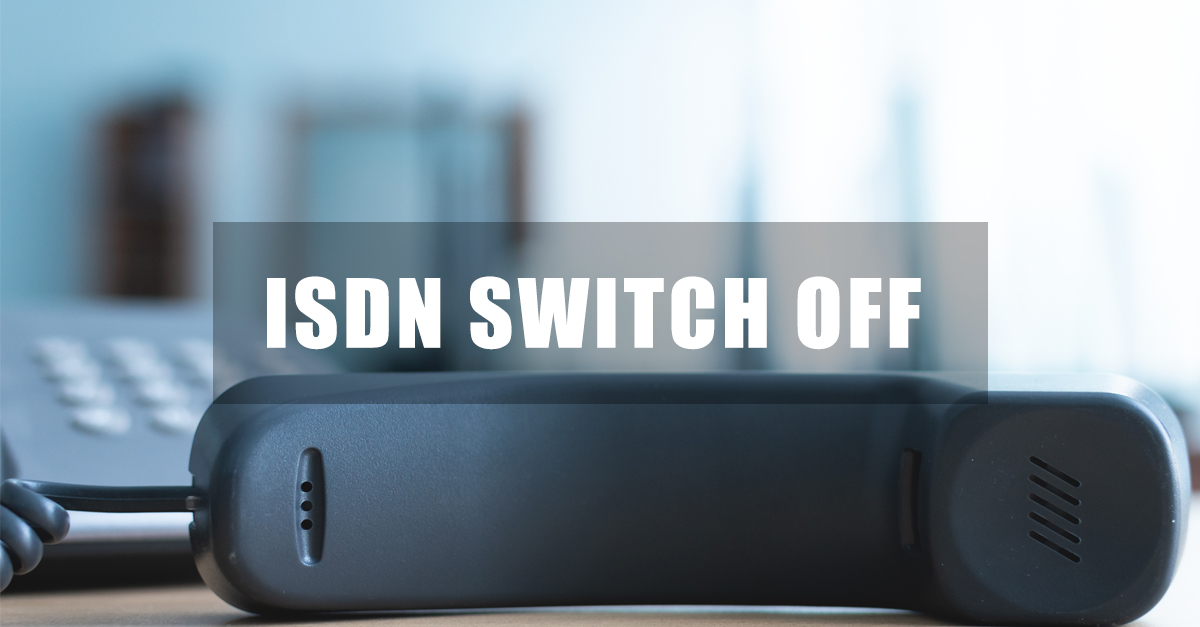Whilst everyone is talking about the advancements in AI being the next big tech trend for 2023, the Internet of Things (IoT) is also projected to experience significant growth this year. But what is driving this growth, and what does it mean for businesses?
According to Statista research, by 2025 the number of installed IoT devices is expected to surpass 75 billion, with a large portion of these devices being deployed in the industrial, retail, and healthcare sectors.
As IoT technology continues to evolve and improve, it’s expected that businesses and consumers will increasingly adopt these devices.
The increasing number of connected devices and the growing demand for automation in various industries are among some of the drivers for growth, but what else is impacting this rapid rise in IoT?
What is driving growth in IoT?
The growth of IoT is being driven by several factors, including:
- Advancements in technology
- The rise of big data and analytics
- An increased demand for automation
- The growing popularity of smart homes and cities
- The impact of Industry 4.0
- Government incentives and investments.
With the ongoing evolution of technology in terms of raw processing power, functionality, and the miniaturisation of sensors, coupled with the increasing speed of mobile and wireless data networks, making it possible for almost any device no matter it’s global location, size or purpose to be connected to a private network or to the internet, we are now seeing a greater opportunity for remote data collection, control and automation that may have not previously been possible.
Whilst the IT industry has coined the term for this, as the “Internet of Things”, or IoT for short, perhaps Network of Things or NoT would be a more appropriate term given that this does not necessarily always refer to devices connected to the internet, but that are simply addressable on a network.
The vast amounts of data generated by these devices can be analysed to gain valuable insights into business operations and customer behaviour, leading to improved decision-making, optimised processes, and increased innovation.
As businesses seek to streamline operations and reduce costs, and consumers look for ways to control their homes and environments remotely, the demand for Internet of Things devices is increasing.
The fourth industrial revolution, also known as Industry 4.0, is also having a significant impact on driving the growth of IoT in the industrial sector, as companies are implementing smart factories, by leveraging the benefits of automation in the form of AI, robotics, big data analysis which is fed by large amounts of additional sensor data, largely enabled by IoT devices.
Governments around the world are also investing in IoT infrastructure, offering incentives to encourage the adoption of connected devices, again helping to accelerate the growth of the IoT market.
How is IoT being used?
Perhaps the mostly widely known example of IoT devices would be in the consumer space with Google’s Nest and Amazon’s Alexa devices, which empower smart homes by allowing a wide range of devices to be controlled either locally in the home, or remotely via the internet, as well as allowing an even wider range of functionality when they are used to communicate with Google or Amazon’s online services.
In a business setting it is not hard to see that substituting a Google Nest or Amazon Alexa for a cheap Mini PC, a Raspberry PI, or perhaps a microcontroller device, such as Arduino, ESP8266 or ESP32, and fitting it with a physical network or wireless data card for mobile network access (together with any required sensors), opens a wide range of possibilities which may have previously required a complex and costly 3rd party solution to be purchased.
As an example, are you a manufacturing business with remote sites and no internet connectivity but with a need to collect data over the local site network and control devices for minimal outlay? No problem, couple a cheap IoT device (for example a Microcontroller or a Raspberry PI) with the appropriate software configuration, mobile network access card and sensors, and you are done.
The potential applications of IoT technology are constantly expanding, and businesses are finding new and innovative ways to use it to improve operations, increase efficiency, and better serve customers.
Here are a few examples of how organisations are using IoT:
- Predictive Maintenance: IoT sensors can be used to monitor the performance and health of machinery, allowing businesses to predict when maintenance is needed and plan accordingly, reducing downtime and costs.
- Supply Chain Optimisation: IoT devices can be used to track the movement of goods and products in real-time, providing valuable insights into the supply chain and enabling businesses to make better-informed decisions.
- Energy Management: IoT devices can be used to monitor and control energy usage in buildings, allowing businesses to reduce energy costs and improve sustainability.
- Smart Retail: IoT devices such as beacons, sensors, and cameras can be used to collect data about customer behaviour, providing businesses with valuable insights into customer preferences and enabling them to offer more personalised shopping experiences.
- Quality Control: IoT sensors can be used in the manufacturing process to monitor product quality and detect defects in real-time, allowing businesses to improve their overall production quality and efficiency.
The deployment of an IoT enabled solution to meet a specific business requirement is increasingly straightforward, and as such, new innovative ways in which IoT can be used are becoming increasingly widespread across industries.
IoT Security Considerations
Before implementing your new IoT solution, it is wise to take a step back and consider the security and compliance implications of your new solution.
IoT security is crucial as it protects sensitive data and systems from unauthorised access, tampering, and hacking.
With the increasing number of connected devices, the security of IoT systems has become increasingly important.
From a security perspective, you want to ensure that your IoT device is secure at present and going forward, the ability to both monitor and regularly patch the device is essential. In some cases, patches may not be available, in which case designing network security to prevent any unwanted access to or from these devices will have to be considered.
It is also key to consider what access the IoT device has both internally and externally to your network and ensure this could not be used as a backdoor into your network if compromised by an unscrupulous 3rd party.
Securing your data and services stored in the cloud, that are being used by IoT devices, is also paramount, ensuring that security measures are in place from the device to the cloud and back.
From a compliance perspective, you will also need to ensure that any data being collected and stored complies with any legislation and laws applicable to your organisation.
IoT has many benefits, but you should also ensure you are aware of the risks and take appropriate steps to mitigate them.
IoT devices collect and transmit large amounts of personal and confidential data, making it a prime target for cybercriminals.
A security breach in an IoT system can lead to serious consequences, such as financial loss, theft of sensitive information, and even physical harm. To ensure the security and privacy of users, it is important for organisations to consider and implement robust security measures in their IoT systems.
In summary, IoT is a rapidly growing industry, its growth will bring about new opportunities for businesses and consumers alike, as the potential applications of IoT technology continue to expand, however, considerations will be needed to ensure that your data is protected.
If you need any advice or assistance with designing and deploying any IoT solutions for your business requirements, please get in touch with us today on 01932 232345.
Want to know more?
Contact us today to explore how our tailored solutions can align with your business priorities.
Join our Krome community



